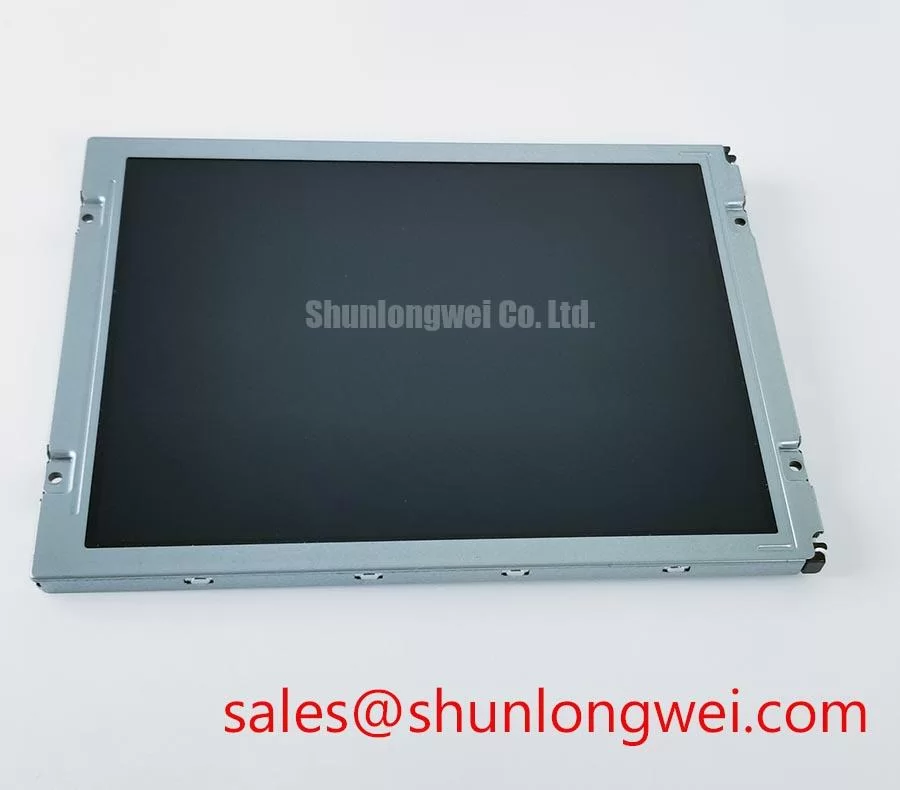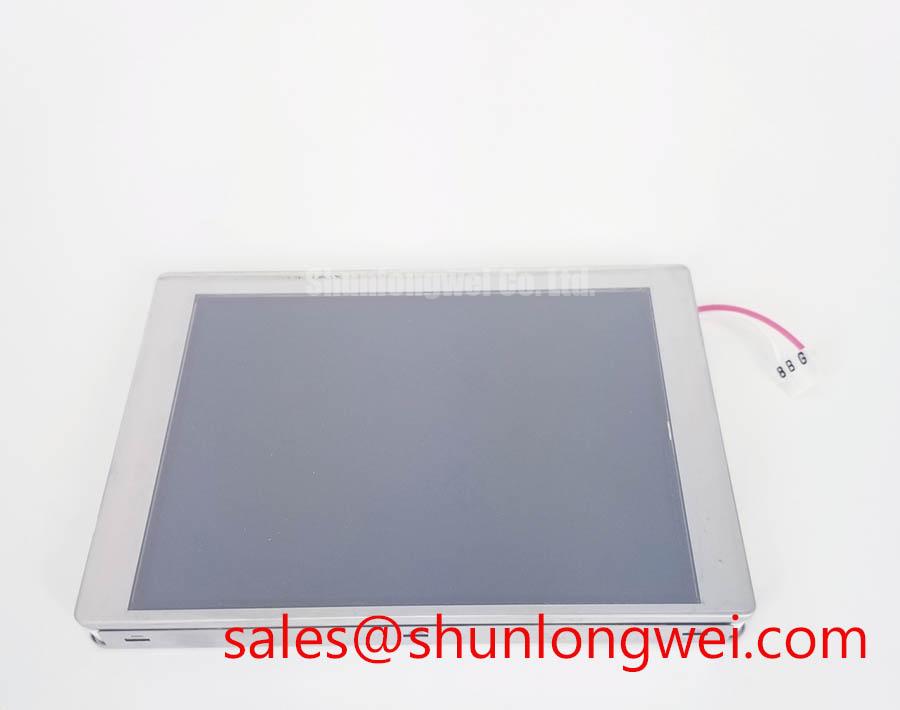The progressive demand for **industrial-grade LCD panels** continues to shape the electronics landscape for applications from factory automation to medical instruments and intelligent embedded systems. Two highly popular models—Sharp’s LQ057Q3DC12 and Mitsubishi’s AA084SA01—stand out in the mid-size TFT market. With each offering unique technical advantages, a direct comparison clarifies their true strengths and optimal use cases for procurement professionals, electronics engineers, and systems integrators.

Panel Size & Resolution:
LQ057Q3DC12 delivers a compact 5.7-inch display with a QVGA resolution (320×240), ideally suited for handheld controls and compact industrial devices. In contrast, AA084SA01 provides a larger 8.4-inch screen with an SVGA resolution (800×600), meeting the needs of data-rich HMI terminals and visualization panels in process or automation environments.
Brightness & Contrast:
Brightness strongly influences outdoor or high-glare usability. LQ057Q3DC12 offers 500 cd/m² (Typ.) but with a modest 350:1 contrast ratio. AA084SA01 comes in at 400 cd/m², yet its contrast is significantly higher at 600:1. This higher contrast translates into better text readability and image depth where data clarity is critical.
Display Colors & Interface:
Both panels support 262K color depth via 6-bit signals; however, AA084SA01 further incorporates FRC (Frame Rate Control), enabling up to 16.7 million colors, which enhances gradation for image-intensive tasks. Another essential differentiation is in the **signal interfaces**: LQ057Q3DC12 uses Parallel RGB, a staple for legacy equipment, while AA084SA01 features LVDS (Low Voltage Differential Signaling), favored in newer designs for its higher noise immunity and support for long cable runs. This technical detail is critical for system designers confronting signal integrity or electromagnetic interference challenges.
Response Time & Viewing Angle:
AA084SA01 responds faster (4/12 ms Tr/Td) compared to LQ057Q3DC12’s 8/21 ms, making it more suitable for dynamic content or real-time graphics. Its wider viewing angles (80/80/80/60) also ensure that screen content remains visible and consistent even from oblique positions, a frequent requirement in operator-centric workstations. LQ057Q3DC12’s narrower angles are acceptable in static, direct-view scenarios.
Durability Features:
Both panels include surface hardening (3H), with Mitsubishi’s AA084SA01 adding an antiglare layer for better usability under strong illumination—a vital feature for factory floor or outdoor kiosks. For backlighting, the LQ057Q3DC12 uses a single CCFL lamp, whereas AA084SA01 opts for two, contributing to more uniform brightness and redundancy.
LQ057Q3DC12’s compact active area (115.2×86.4 mm) and modest resolution make it a natural fit for embedded terminals, diagnostic medical gear, or industrial devices where spatial constraints and power efficiency dominate design decisions. Its **parallel RGB interface** ensures easy replacement in legacy systems, ideal for equipment lifecycle extensions.
AA084SA01, with its expansive active area (170.4×127.8 mm) and higher resolution, shines in SCADA terminals, operator panels, and visualization systems where multiple data streams and graphical details are fundamental. Its **LVDS interface** and FRC-enhanced color depth are forward-looking, accommodating future upgrades towards richer, more detailed human-machine interaction.
Amidst a robust shift towards Mini LED and Micro LED backlights, traditional TFT LCD modules—like the LQ057Q3DC12 and AA084SA01—continue to capture the industrial display sector thanks to their proven longevity and supply chain maturity. However, recent productions by BOE, LG Display, and Samsung Display in the high-performance display segment highlight accelerating innovation. Next-generation LCDs are integrating ultra-high brightness and better contrast, sometimes bridging the gap to OLED for demanding outdoor and automotive settings.

Meanwhile, **flexible and transparent LCDs** have entered the market, powering transparent vending machines or vehicle head-up displays, and supporting new industrial design paradigms. While AA084SA01 and LQ057Q3DC12 do not feature these next-gen technologies, their reliability and robust operating windows make them the default choices for legacy-focused industrial integrations.
As demand shifts towards ultra-high refresh rates and brighter backlights, procurement decisions are increasingly multifaceted. When balancing cost, lifetime, and compatibility, established TFTs like the LQ057Q3DC12 and AA084SA01 still offer remarkable value. For high-end applications requiring 144Hz displays or HDR-level luminance, Mini LED-based panels are gradually becoming feasible at scale, though manufacturers such as BOE and Samsung prioritize large-format and automotive applications over medium-size industrial panels—preserving a strong market niche for Sharp and Mitsubishi’s legacy modules.
System designers must also consider global supply chain reliability. Both Sharp and Mitsubishi have maintained consistent quality and output, making their products dependable—even amid shortages or surges in panel demand. Their wide installed base also makes ongoing support and spare part sourcing far less risky compared to next-generation, less proliferated panel technologies.
In summary, the direct **IGBT module comparison** between industrial LCDs like the Sharp LQ057Q3DC12 (full specs here) and Mitsubishi AA084SA01 (detailed info) underscores how nuanced factors—panel size, brightness, contrast, signal interface, and color performance—guide successful deployments in specialized settings.
Whether you prioritize a compact footprint or a larger viewing area, seamless integration with classic or modern controllers, or the assurance of established, reliable production, both panel models remain indispensable tools for industrial display procurement and system development. As Mini LED and next-generation LCDs evolve, thoughtful assessment of current application needs, compatibility, and support horizons ensures a robust, cost-effective, and future-proof hardware base. For the latest trends or complementary modules, explore further resources and updates on industrial LCD technologies.